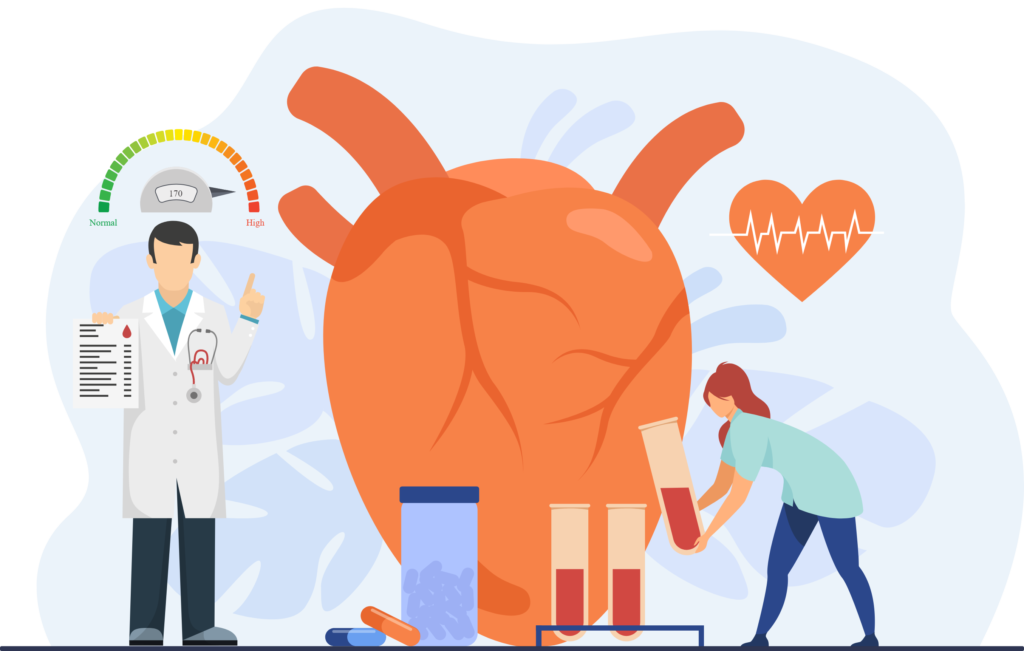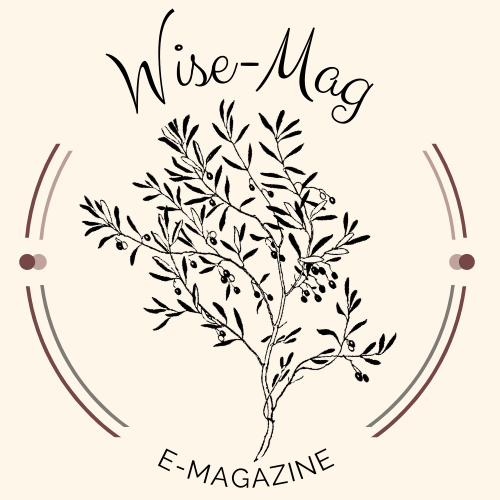Hypertension: The Silent Killer

Many people who have high blood pressure don’t know that they have it since there are no definite symptoms to pinpoint it. Many only get diagnosed with hypertension when they get a bout of stroke or heart attack.
Though some people have reported to feeling as below before their diagnosis:
- Early morning headaches
- Nosebleeds
- Irregular heart rhythms
- Vision changes
- Buzzing in the ears
In severe hypertension cases, some of the feelings reported are:
- Moderate or severe headaches
- Anxiety
- Shortness of breath
- Nosebleeds
- Palpitations
- Pulsations in the neck
Statistics
- According to the National Health and Morbidity Survey (NHMS) 2019, 3 in 10 Malaysian adults have been diagnosed with hypertension.
- High blood pressure if left untreated increases the risk of cardiovascular diseases.
- Heart attack is the leading cause of death in Malaysia.
Definition

- Hypertension is the persistent elevation of systolic blood pressure of 140 mmHg or greater and/or diastolic blood pressure of 90 mmHg or greater, taken on at least two separate occasions.
- The blood vessels of those with hypertension are typically narrow, requiring the heart to work harder to pump blood throughout the body.
Risk Factors
- Genetics
- Poor diet control
- Sedentary
- Overweight/obese
Managing Hypertension
1. Check body weight

- Losing 1 kg of body weight helps to reduce 1 mmHg of blood pressure among sufferers.
2. Be aware of daily calorie intake

- Be aware of daily calorie requirement
- To control food portion, use the “Healthy Plate of Quarter, Quarter, and Half.” In this plate, carbohydrate and protein sources make up one-quarter of the plate, while green leafy vegetables make up the other half.
- Use cooking methods that are low in calories like steaming, grilling and roasting.
- Avoid or eliminate fried and oily foods.
- Invest in an air fryer to cut down your oil intake.
- Increase intake of fruits and vegetables that are high in antioxidants, vitamins and minerals.
3. Ensure physical activity to burn excess calories

- Calorie input from food and drinks intake should be utilised/burned so that it is not converted to extra weight.
- It is encouraged for physical activity to be done for more than 30 minutes, 3-4 times per week.
- In cases of time constraint, try hitting 10,000 steps of walking in a day.
- Physical activity has been proven to reduce both systolic and diastolic blood pressure.
4. Spot the sodium in foods

- Sodium is not only found in table salt but it is found in many other foods as well.
- People with high blood pressure should account for any “extra” sources of sodium, mainly found in processed foods, flavouring agents, preservatives, and table salt itself.
- Limit salt intake to 1 teaspoon a day.
- Read and compare nutrition labels of sodium in food.
Conclusion

- Regardless of being on drug therapy, those with hypertension must commit to lifestyle changes for the rest of their lives.
- In addition to the immediate goal of lowering blood pressure, the recommended lifestyle modifications offer other health benefits such as reducing risk of cancer and other critical illnesses like diabetes and high cholesterol.
References
- Manage High Blood Pressure. Centres for Disease Control and Prevention.
- Hypertension in adults: diagnosis and management. National Institute for Health and Care Excellence.







